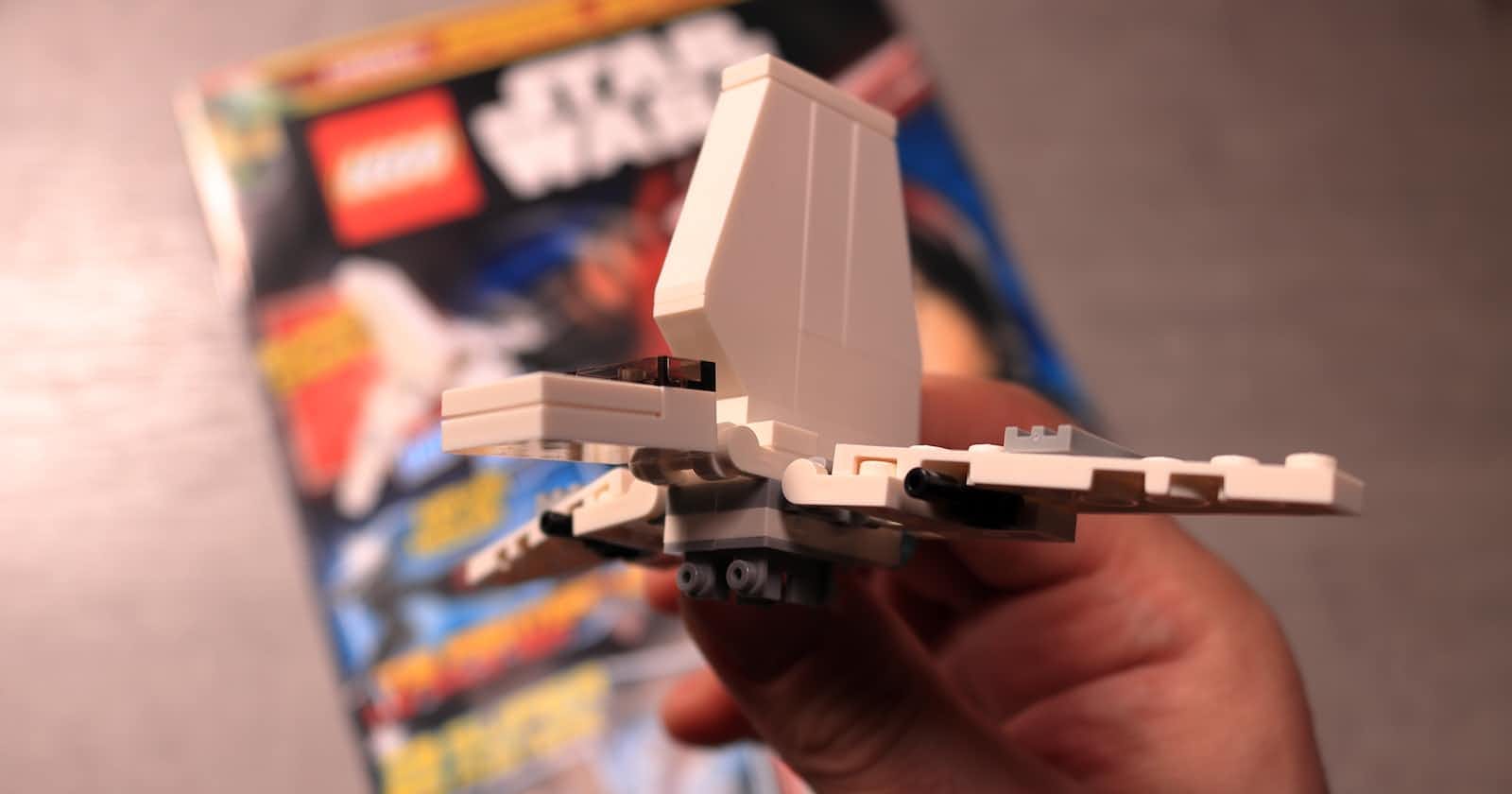Creating an AWS Lambda Function Layer involves a series of steps to package and deploy reusable code that can be shared across multiple Lambda functions. Here's a step-by-step guide to help you create an AWS Lambda Function Layer:
Step 1: Set Up Your Development Environment
Ensure that you have the AWS Command Line Interface (CLI) installed on your local machine, and you have configured it with the necessary credentials using aws configure.
Step 2: Prepare Your Layer Code
Create a directory for your layer and add your code and any dependencies. Make sure your code is structured correctly for a Lambda Layer.
Example directory structure:
perlCopy codemy-layer
│ ├── python
│ └── my_module.py
│ └── nodejs
│ └── my_module.js
Step 3: Package Your Layer
Create a ZIP archive containing your layer code. The structure of the ZIP file should match the Lambda Layer requirements.
Example for Python:
bashCopy codecd my-layer
zip -r my-layer.zip python
Step 4: Create the Lambda Layer
Use the AWS CLI to create a Lambda Layer. Replace my-layer and arn:aws:iam::account-id:role/layer-role with your layer name and IAM role ARN.
bashCopy codeaws lambda publish-layer-version \
--layer-name my-layer \
--description "My Lambda Layer" \
--content S3Bucket=my-s3-bucket,S3Key=my-layer.zip \
--compatible-runtimes python3.8 \
--license-info "MIT" \
--output json
Step 5: Grant Permissions
Ensure that the Lambda execution role has the necessary permissions to use the layer. The role should have the lambda:GetLayerVersion permission.
Step 6: Add Layer to Lambda Function
When creating or updating your Lambda function, specify the ARN of the layer version you created in the --layers parameter.
bashCopy codeaws lambda create-function \
--function-name my-function \
--runtime python3.8 \
--role arn:aws:iam::account-id:role/lambda-execution-role \
--handler my_function.handler \
--layers arn:aws:lambda:region:account-id:layer:my-layer:1 \
--zip-file fileb://function.zip
Step 7: Test Your Lambda Function
Invoke your Lambda function to ensure that it's using the layer successfully.
bashCopy codeaws lambda invoke --function-name my-function --payload '{"key1": "value1", "key2": "value2"}' output.txt
That's it! You've successfully created an AWS Lambda Function Layer and attached it to a Lambda function.

